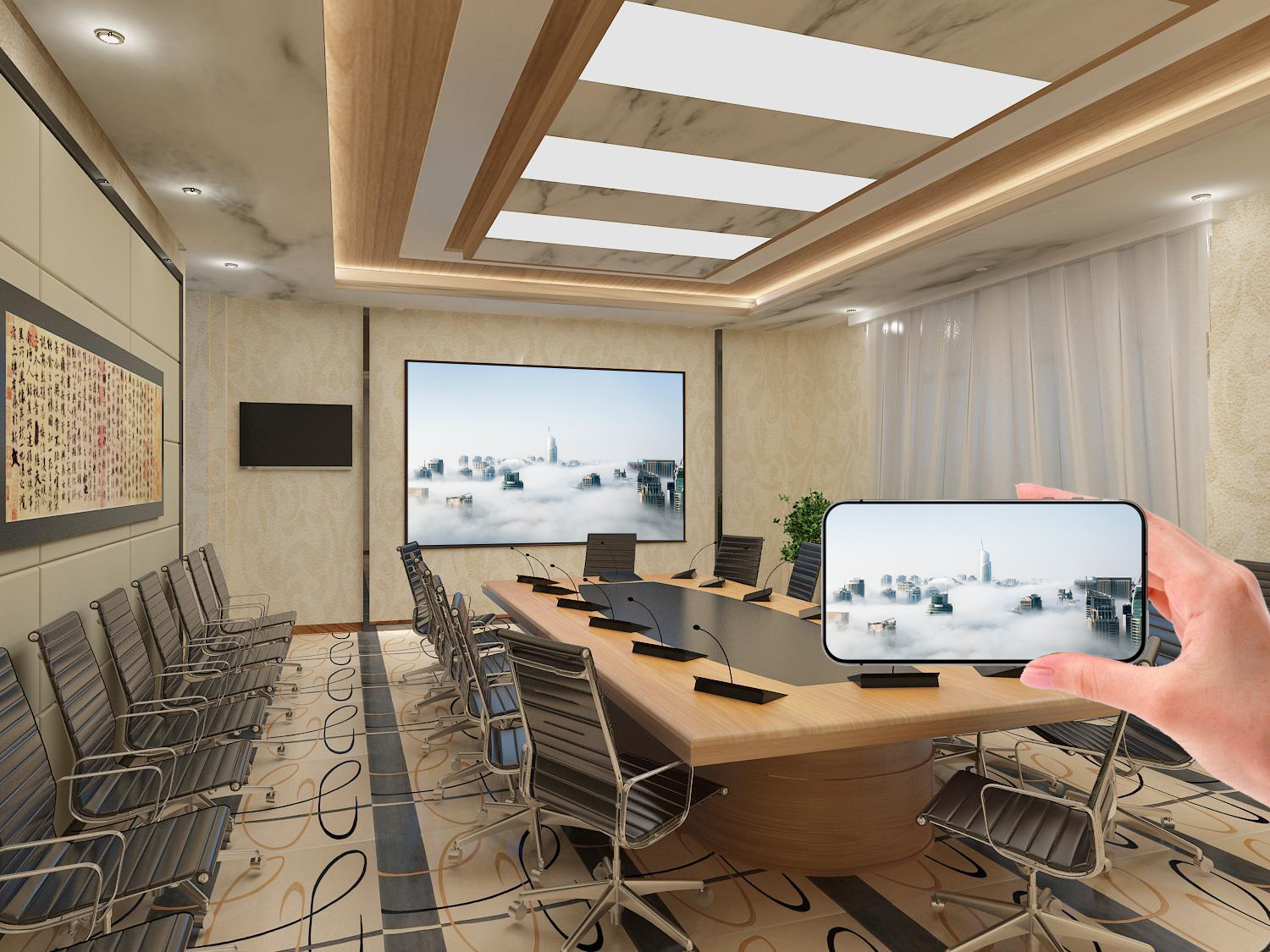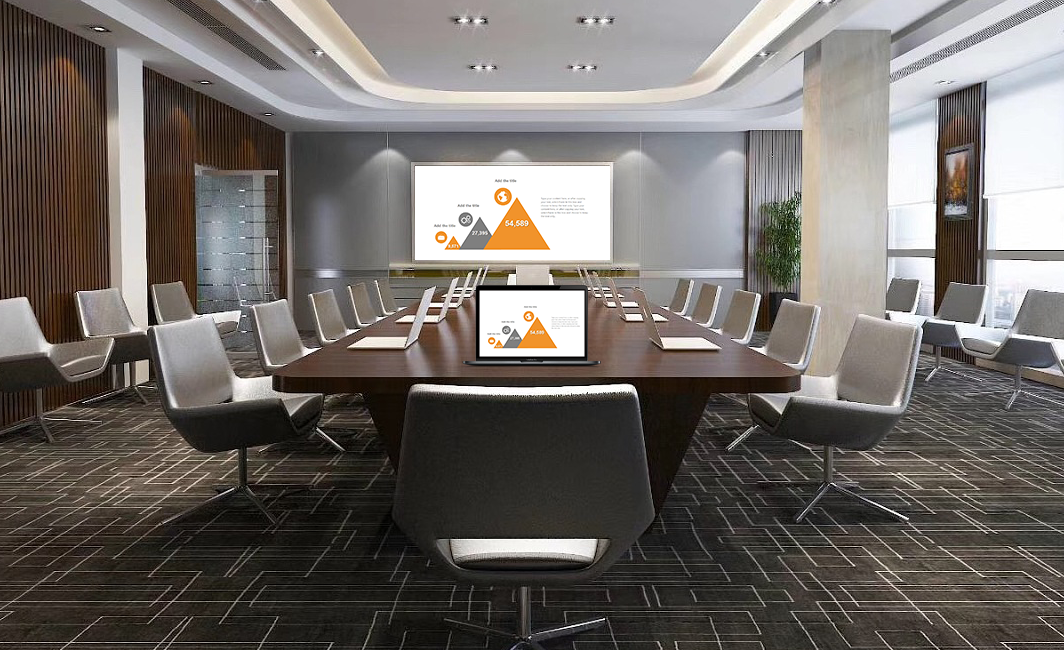Google Cast: A Cross-Device Wireless Screen Mirroring Solution
Google Cast, the wireless screen mirroring technology within the Google ecosystem, allows you to easily project content from devices like phones and computers onto a large screen. With optimized adaptation, it can overcome device and scenario limitations to achieve a stable and smooth flow of content in office, home, and other settings.
Seamless Connection for All Google Ecosystem Devices
It is deeply adapted for all Google ecosystem products, including Android devices, Chromebooks, and Google Home devices. By tapping the “Cast” icon on your device, you can automatically recognize compatible terminals and complete a connection in under 2 seconds, without needing to install extra plug-ins. Even older Android phones can mirror content stably after optimization, with a disconnection rate of less than 1%, preventing content from being interrupted during mirroring.
Once connected, you can directly “push” a TV show you’re watching on your phone to the large screen. The large screen’s playback is not affected even if you exit the app or turn off your phone’s screen. A document on your Chromebook can also be mirrored with one click, which is great for quick sharing in a meeting.
High-Definition and Stable for a Worry-Free Experience
It supports 4K HDR quality transmission. The color reproduction is close to the original device, so dark details are clear when playing a movie. The frame rate is stable at 60fps, with no lagging or ghosting in dynamic scenes. When mirroring a game, the controls are responsive, and the latency is controlled to be within 20ms.
It can also smartly adapt to the network. In an environment with a weaker signal, it automatically adjusts the image quality to ensure smoothness, preventing mirroring interruptions due to network fluctuations. It’s reliable for both family movie nights and office presentations.
Convenient in Multiple Scenarios
Office Scenarios
In a team meeting, you can use your Android phone to mirror a proposal to the large conference screen via Google Cast. Attendees with Chromebooks can receive the mirrored content synchronously. If someone wants to add content, they can switch the mirrored source by tapping the “Cast” button on their own device, without having to fight over a cable, which makes discussions much more efficient.
In a remote meeting, you can display a locally mirrored document and the remote video screen in a split-screen view. The revision suggestions from the other party can be annotated directly on the mirrored document and are synchronized to everyone in real time, making remote collaboration feel like you’re in the same conference room.
Home Scenarios
Family members can mirror travel photos from their phones to the TV. It supports multiple people taking turns mirroring. Parents can mirror a video of their grandchildren without needing to reconnect. When a child takes an online class on a Chromebook, casting it to the TV makes the screen larger, so they can see clearly from a distance, which is better for their eyes.
After connecting a Google Home device, you can say, “Move the screen on the living room TV to the bedroom,” to switch the mirrored device with your voice, so even seniors and children can use it without manual operation.
Commercial Display Scenarios
A store can use an Android tablet to mirror a product promotional video to a display screen via Google Cast. When a salesperson switches the content on the tablet, the large screen updates synchronously, so they don’t have to go over and adjust the device. A customer can cast the details of a product they want to see from their own Android phone. After they’re done, they can just exit, and it won’t affect the main display on the large screen, making interaction more natural.
With optimized adaptation, Google Cast has become a practical tool for cross-device collaboration. Without complex operations, it allows small-screen content to be flexibly presented on a large screen, making content flow smoother in office, home, and commercial scenarios.